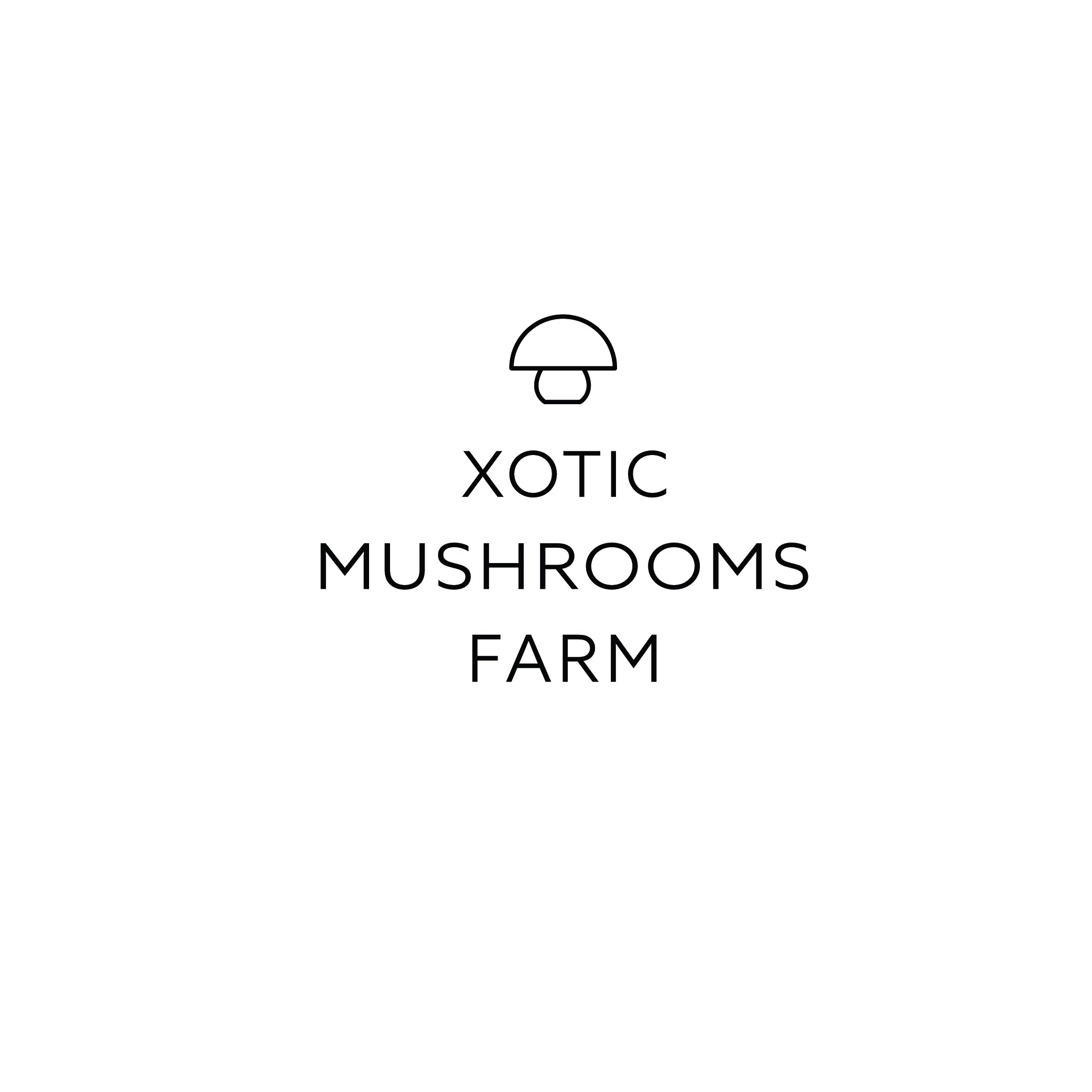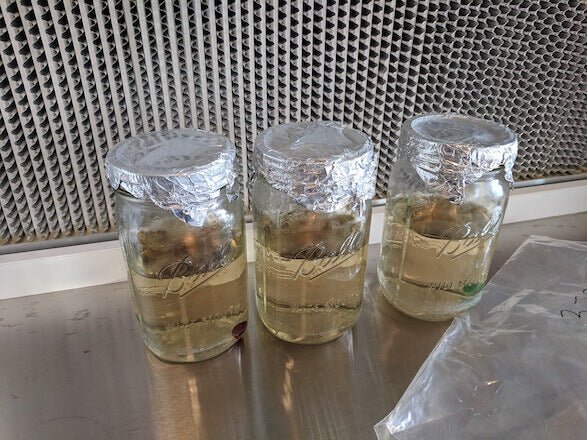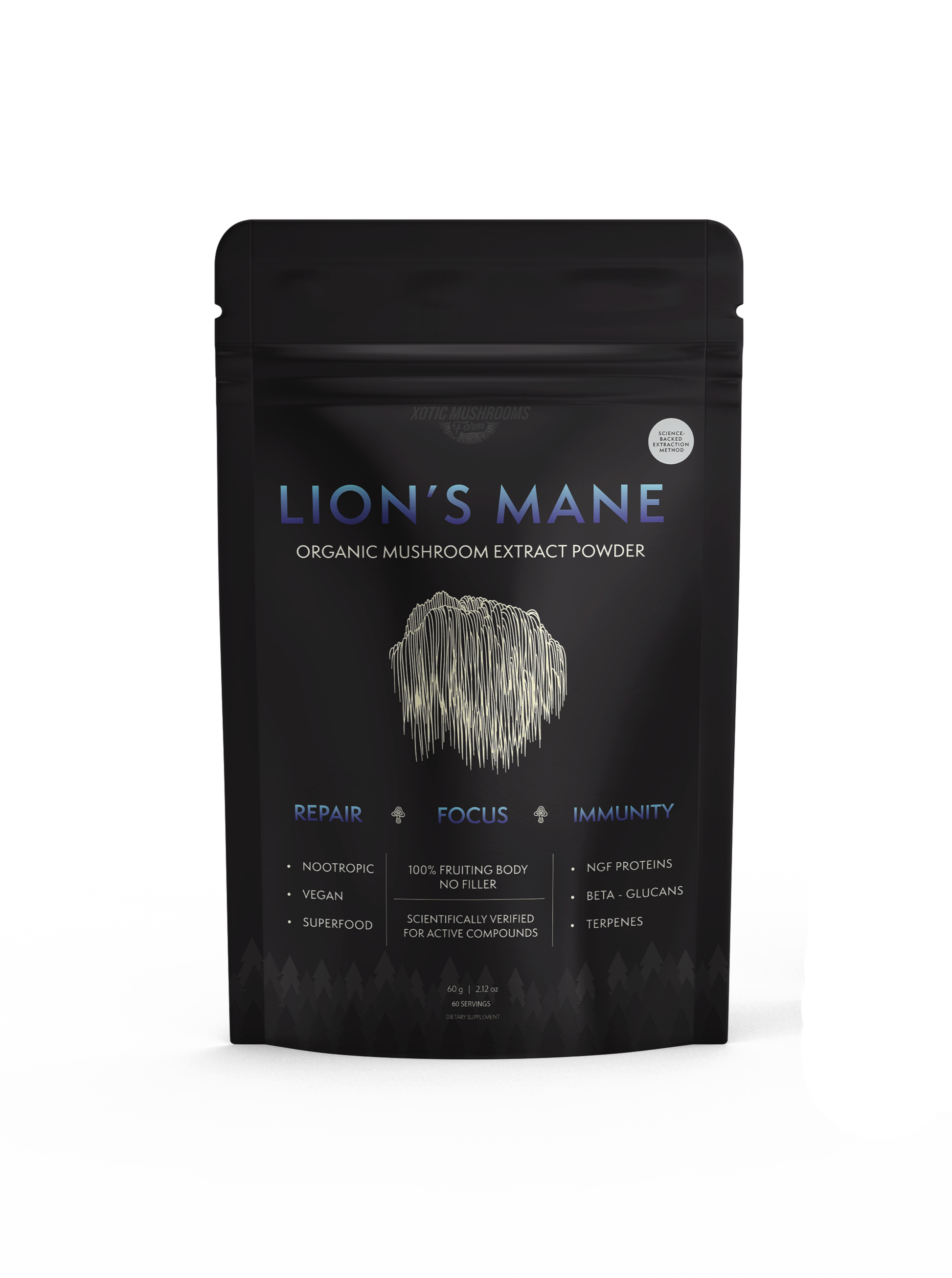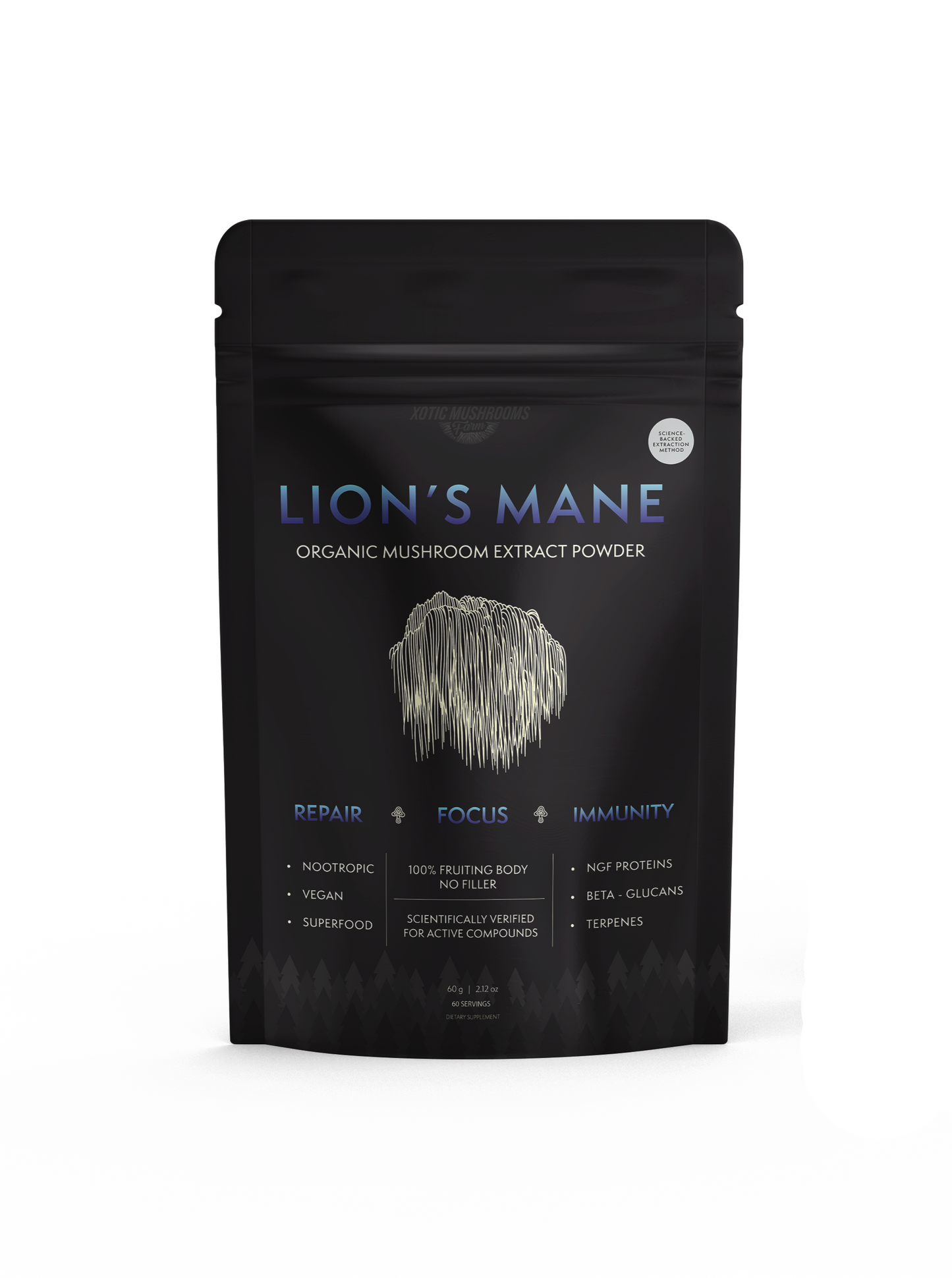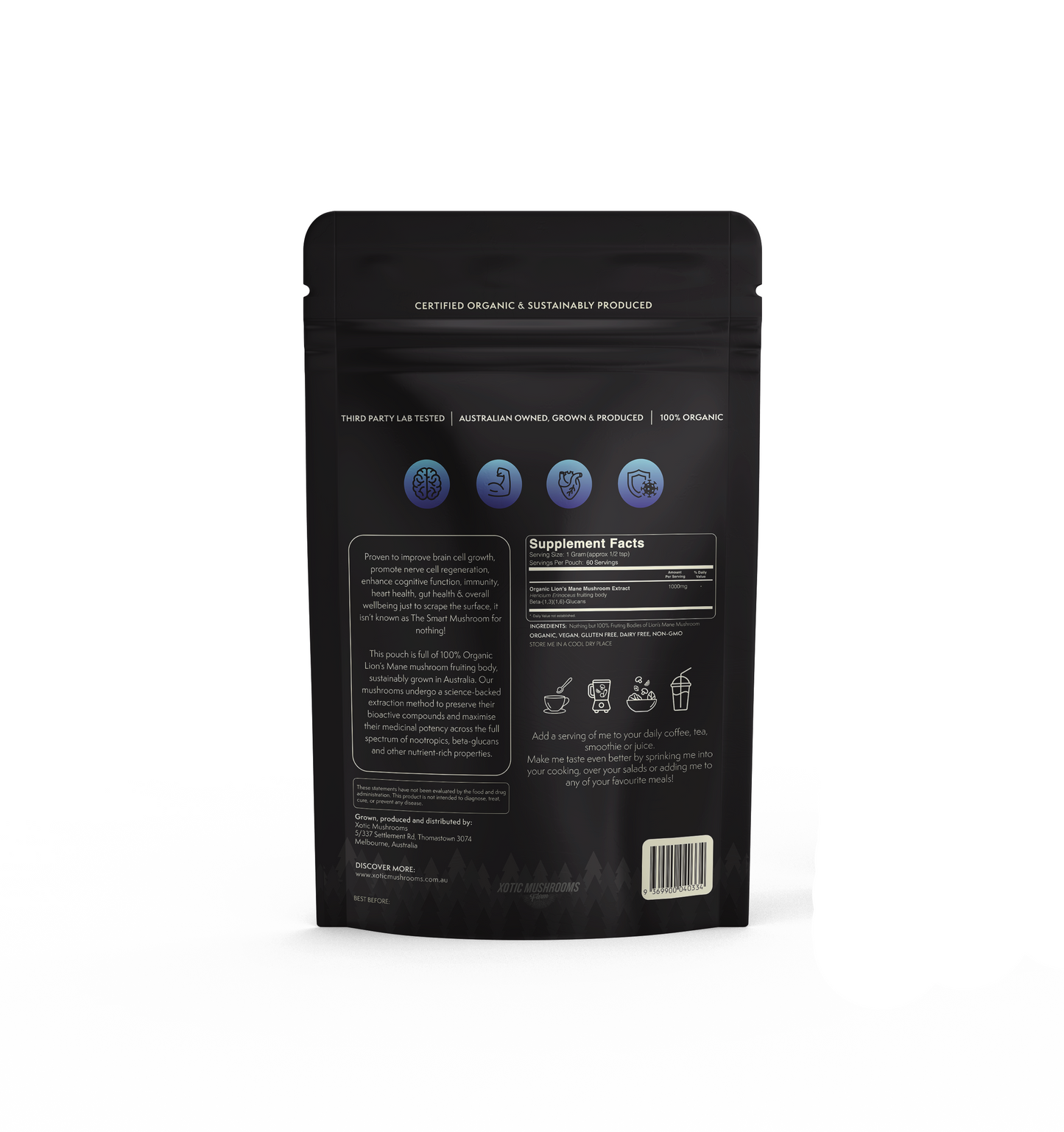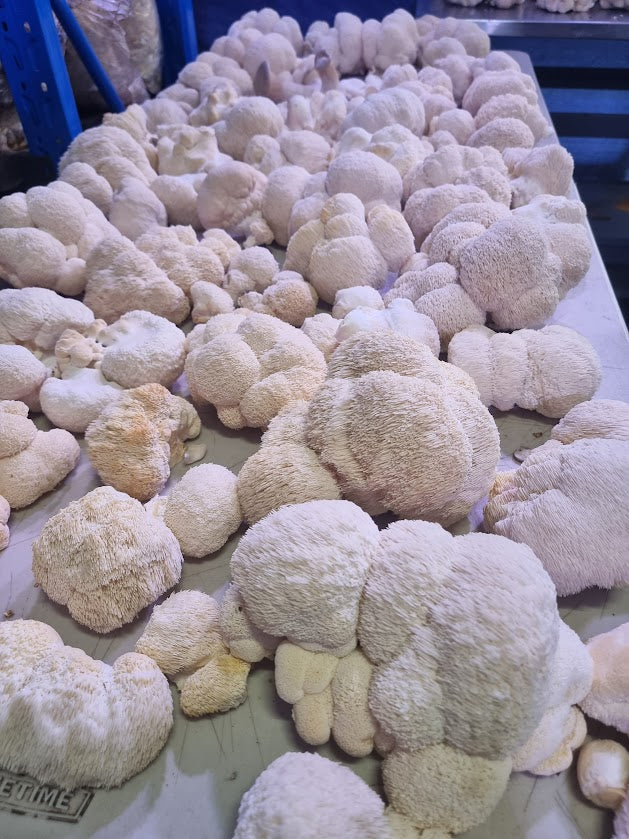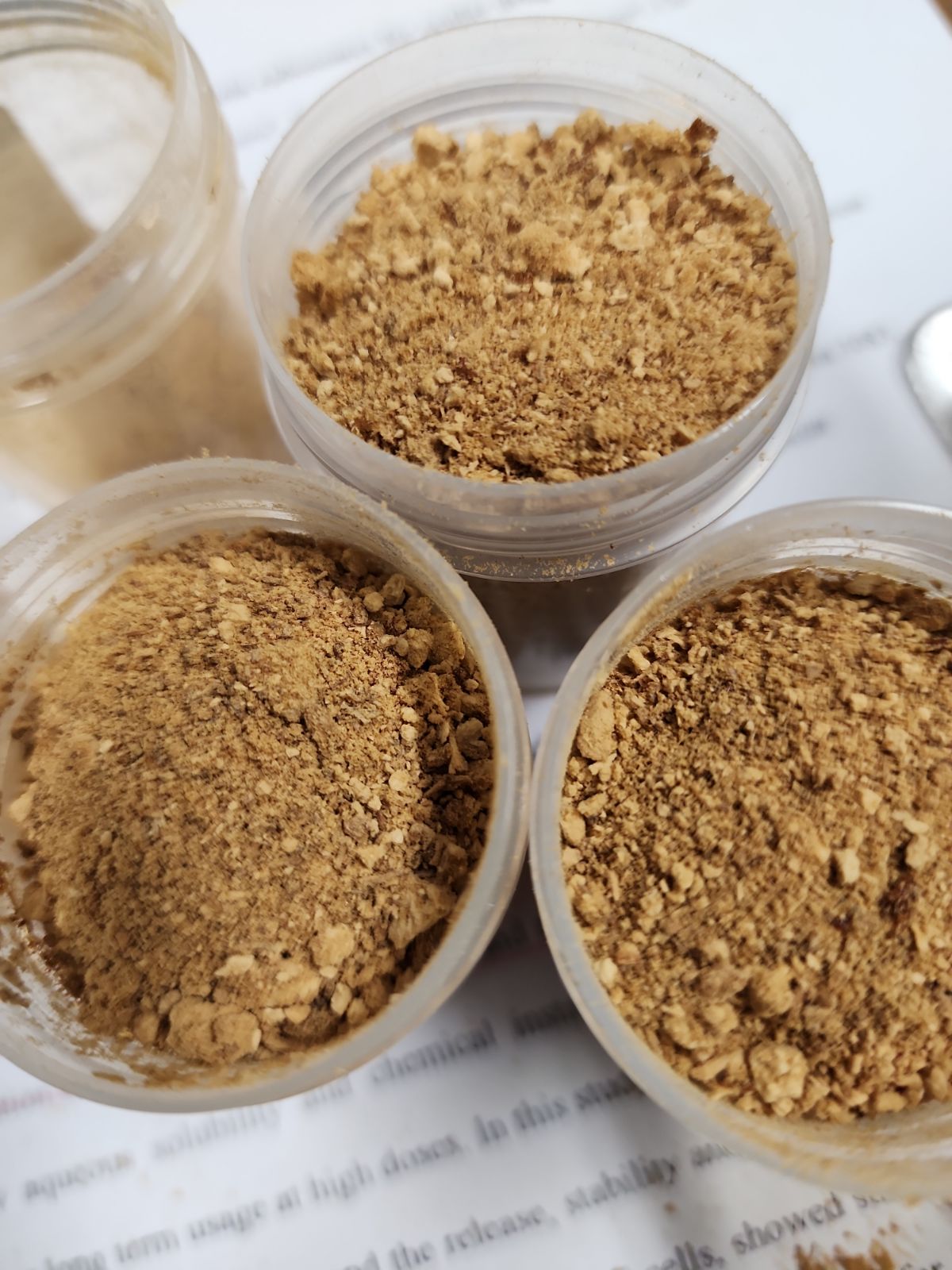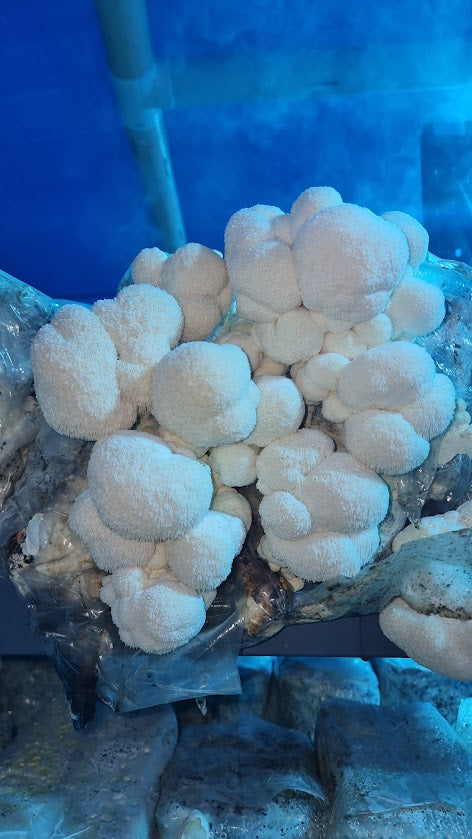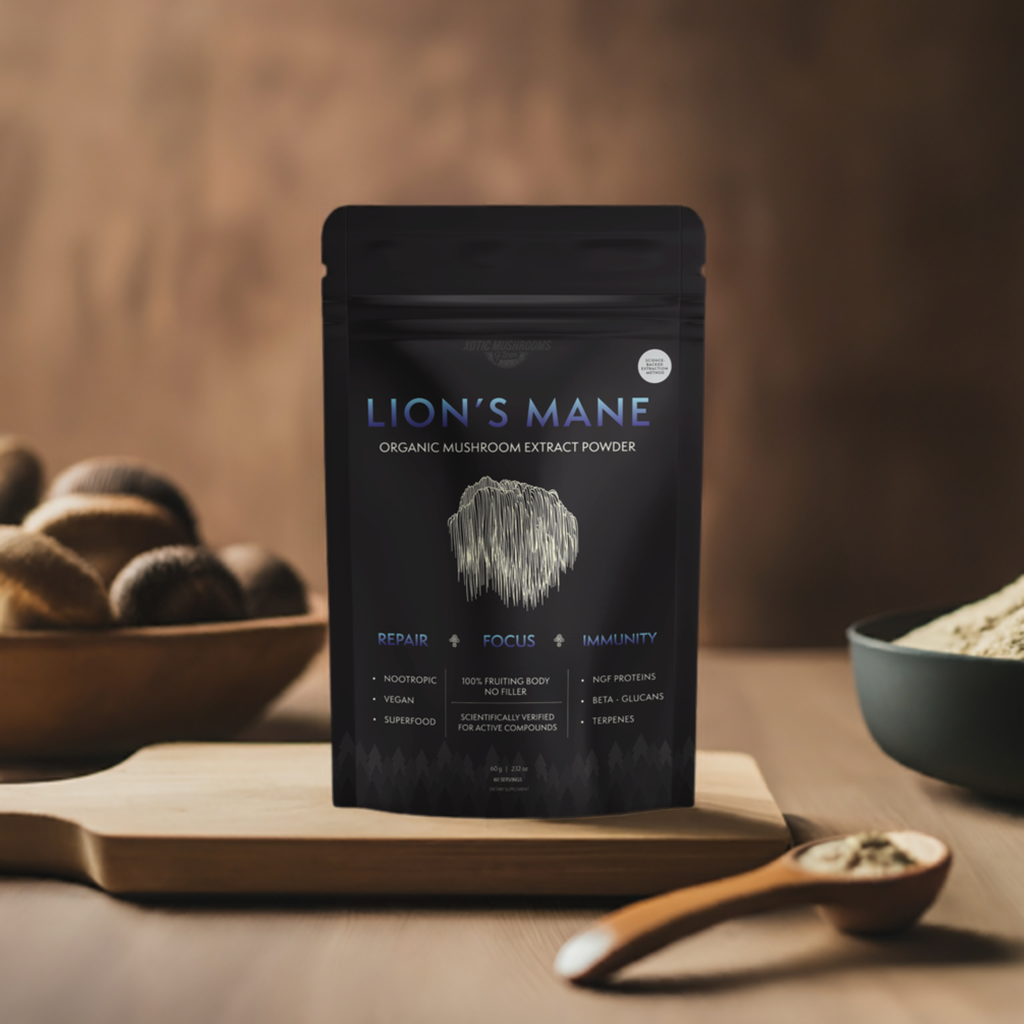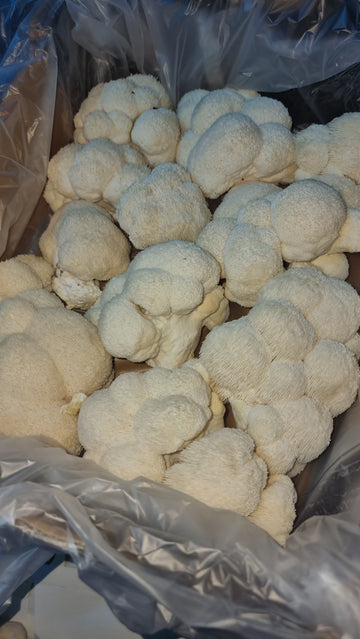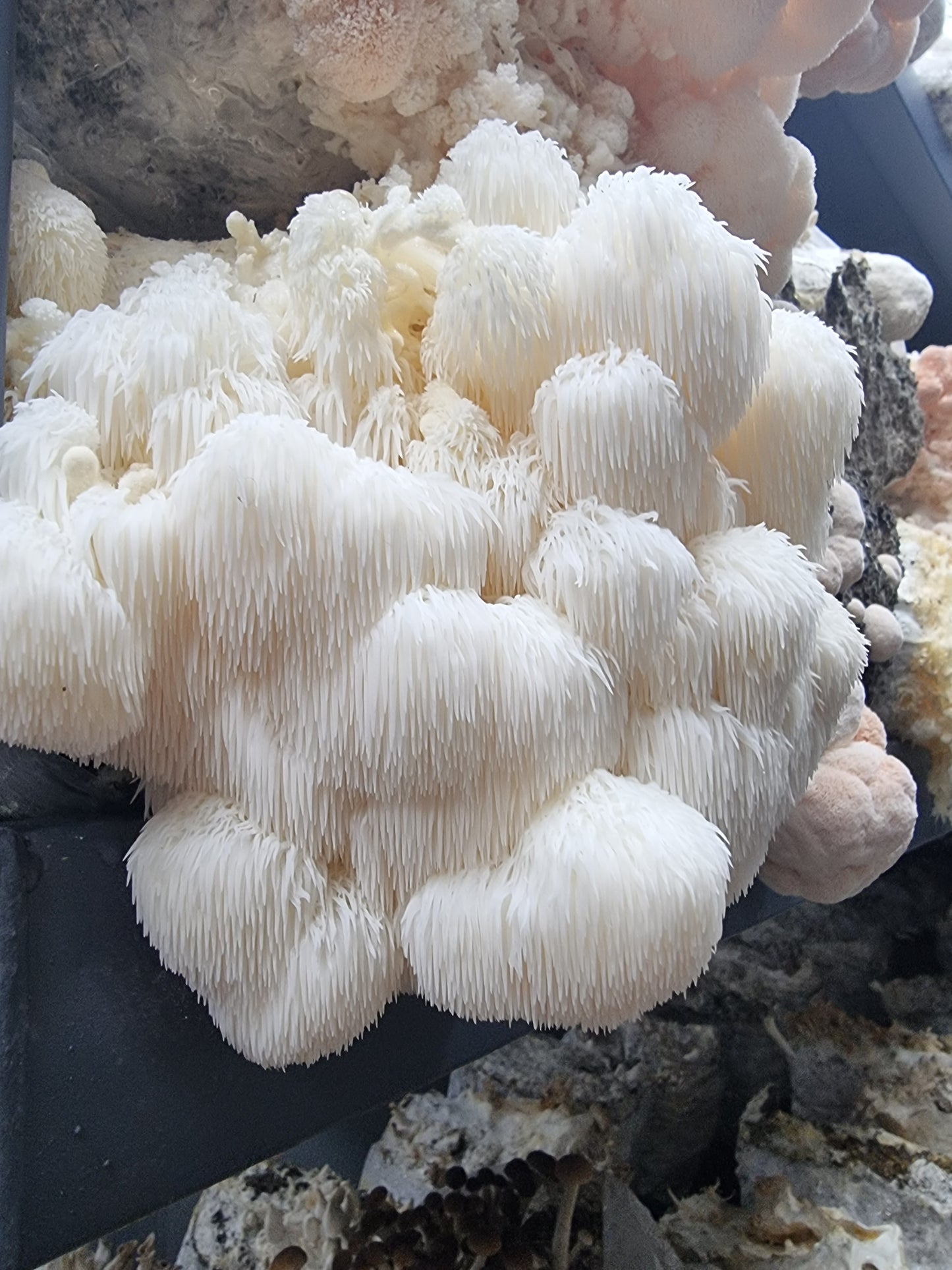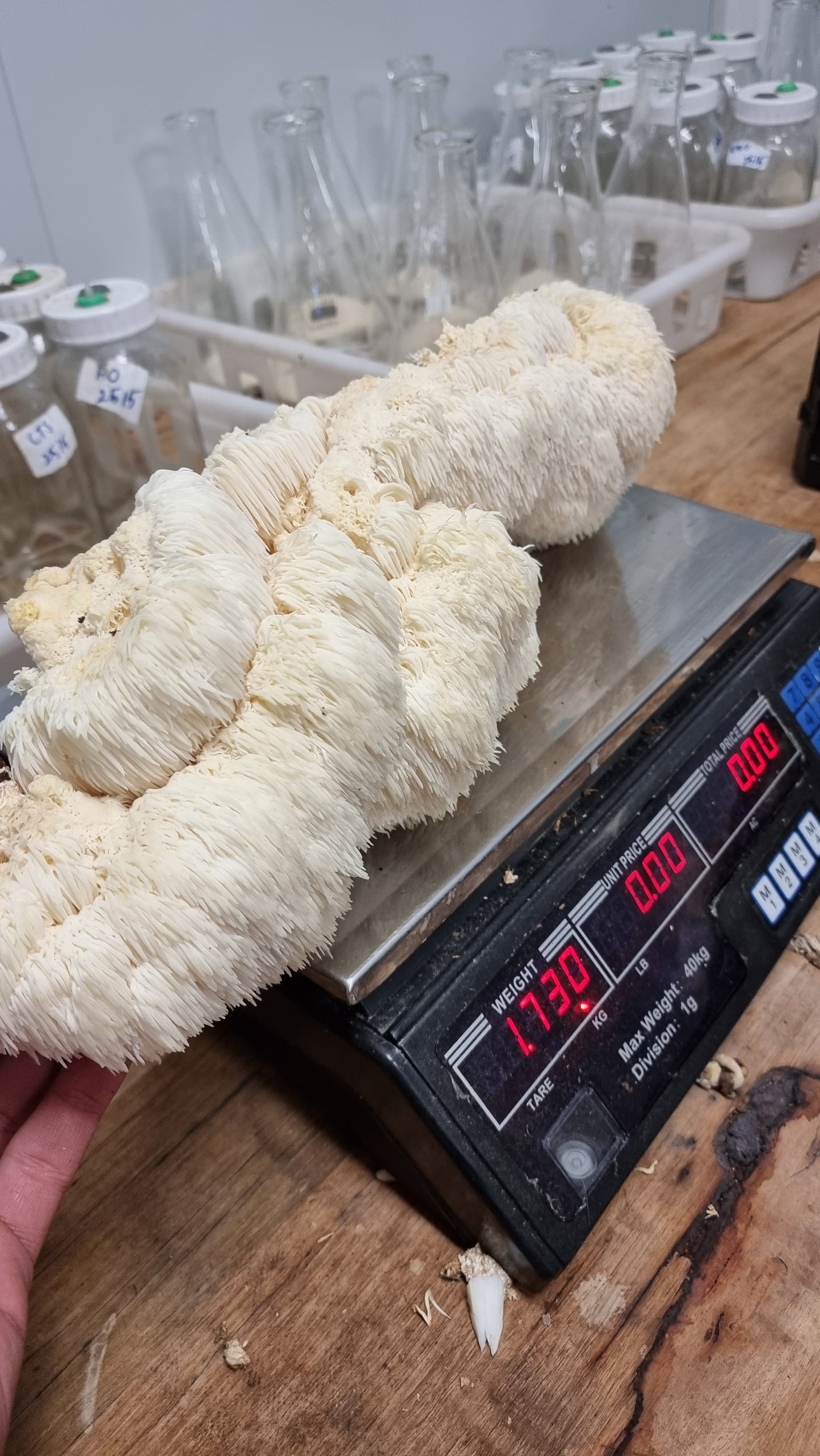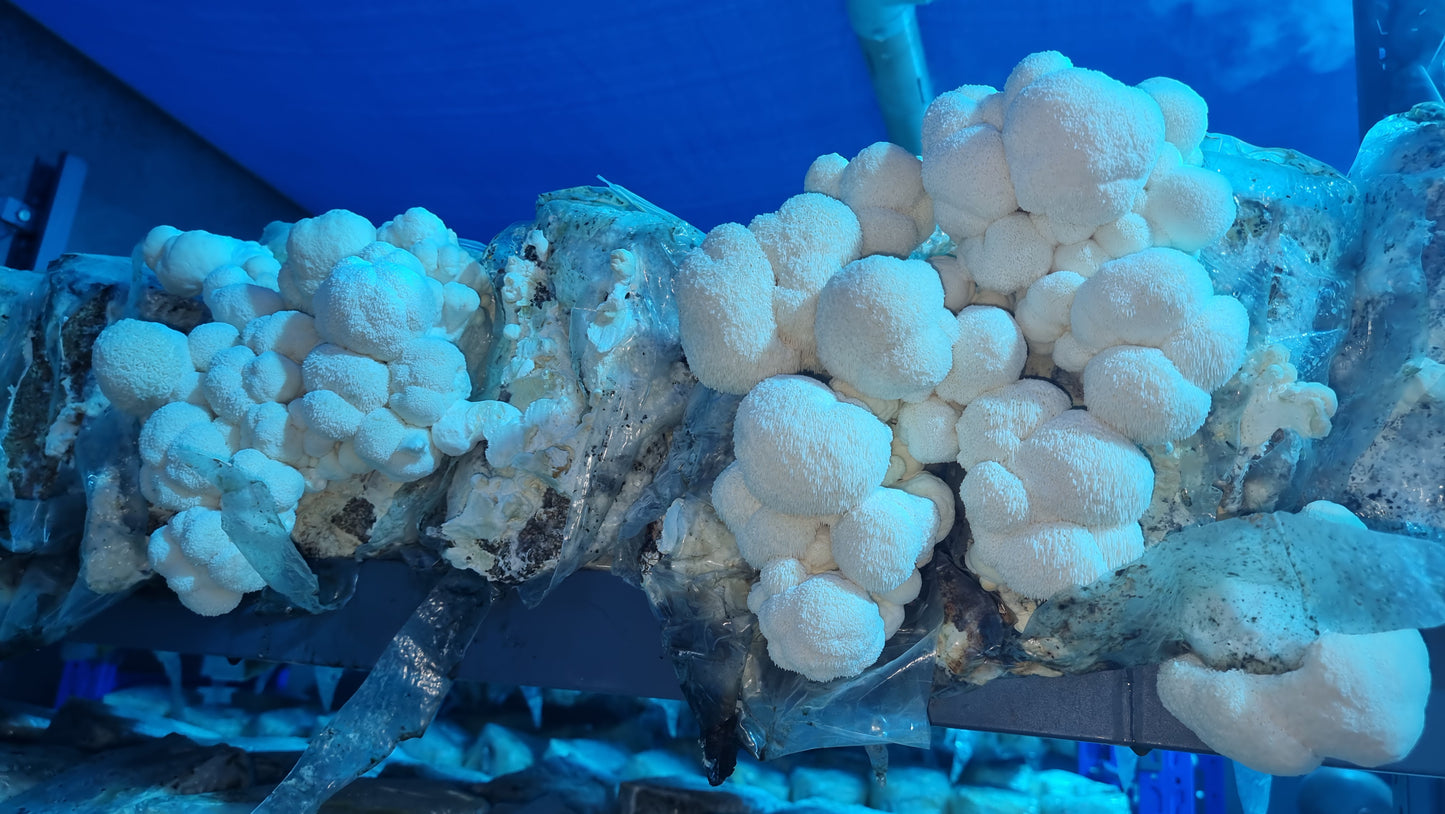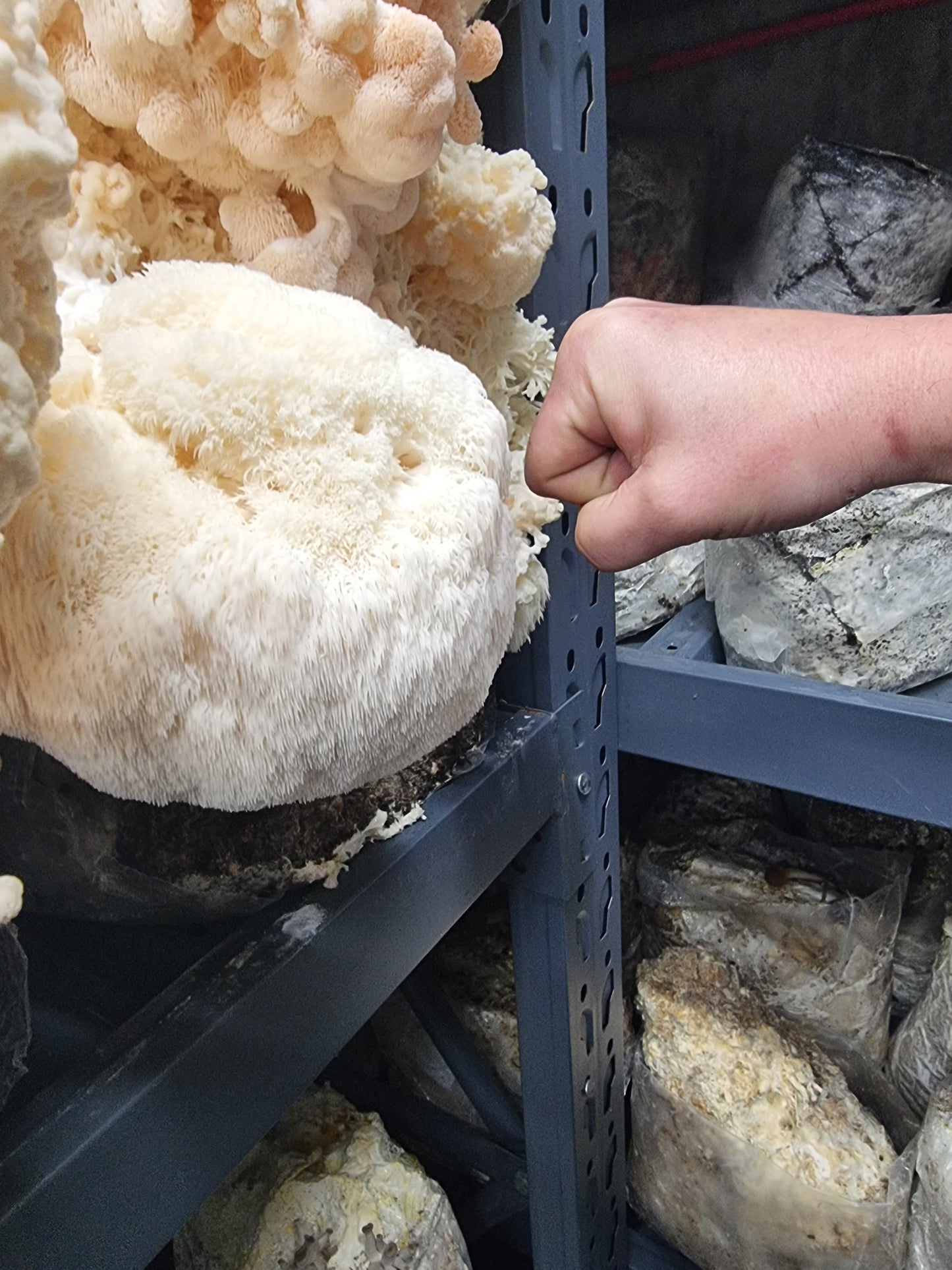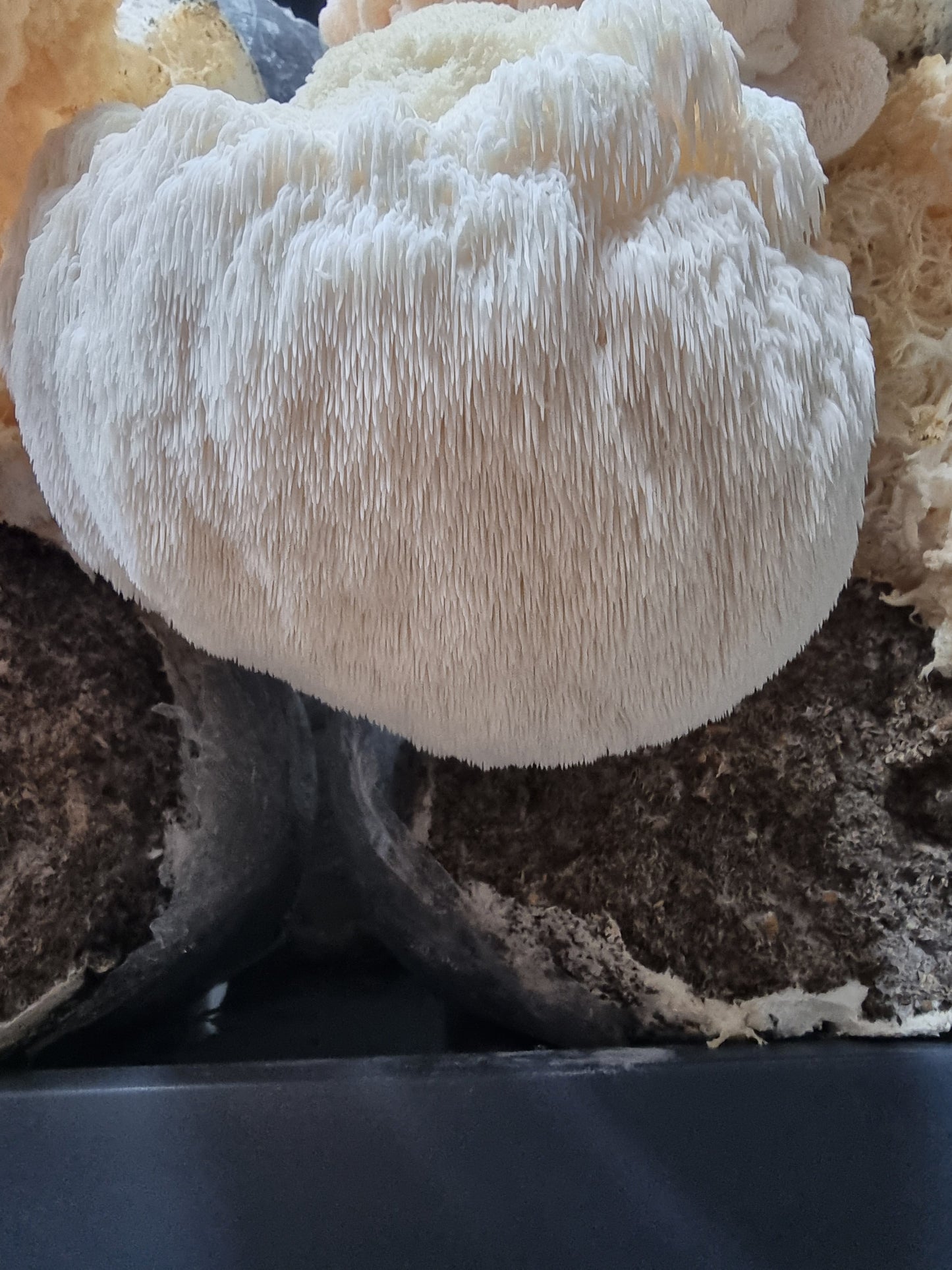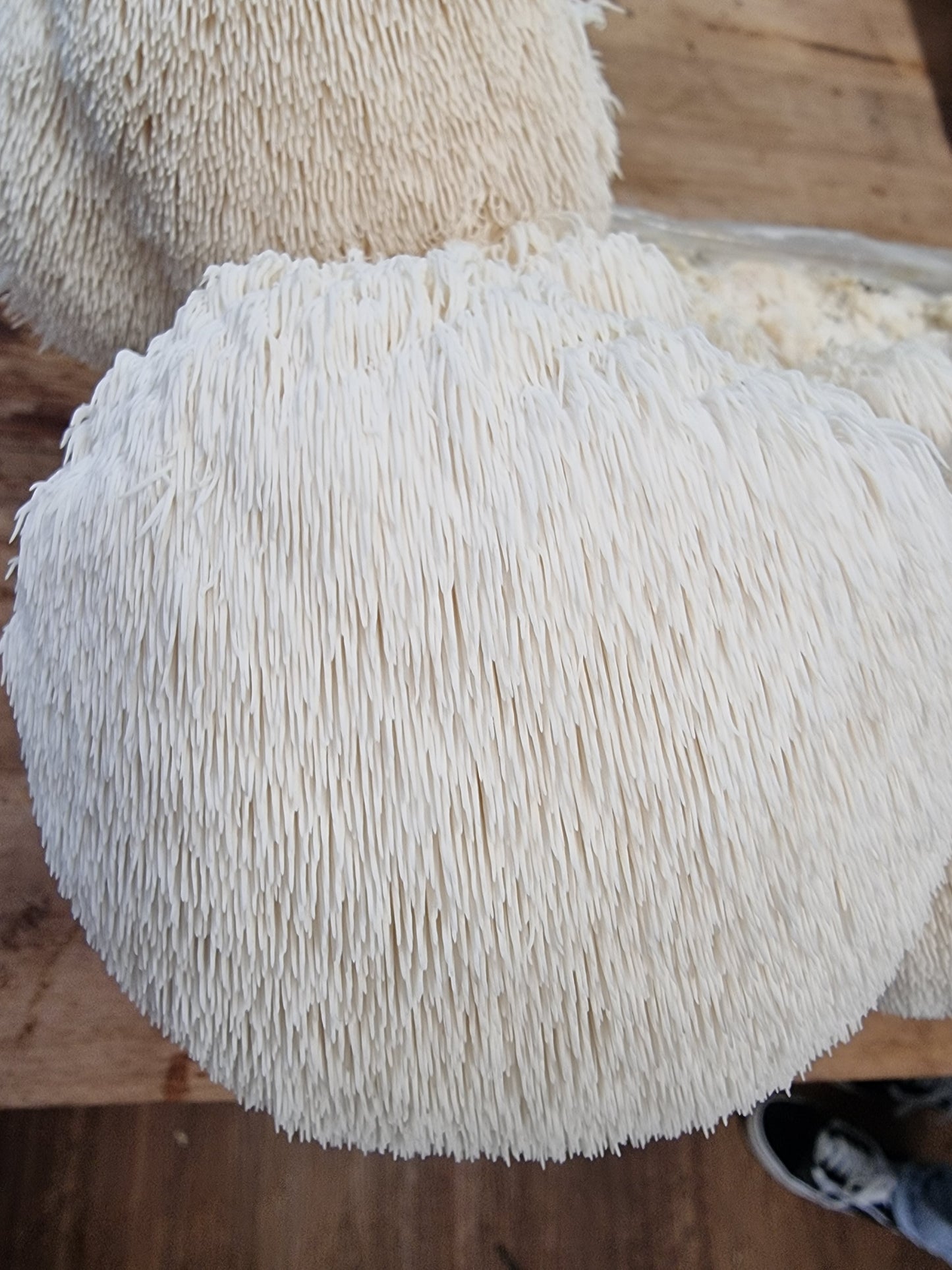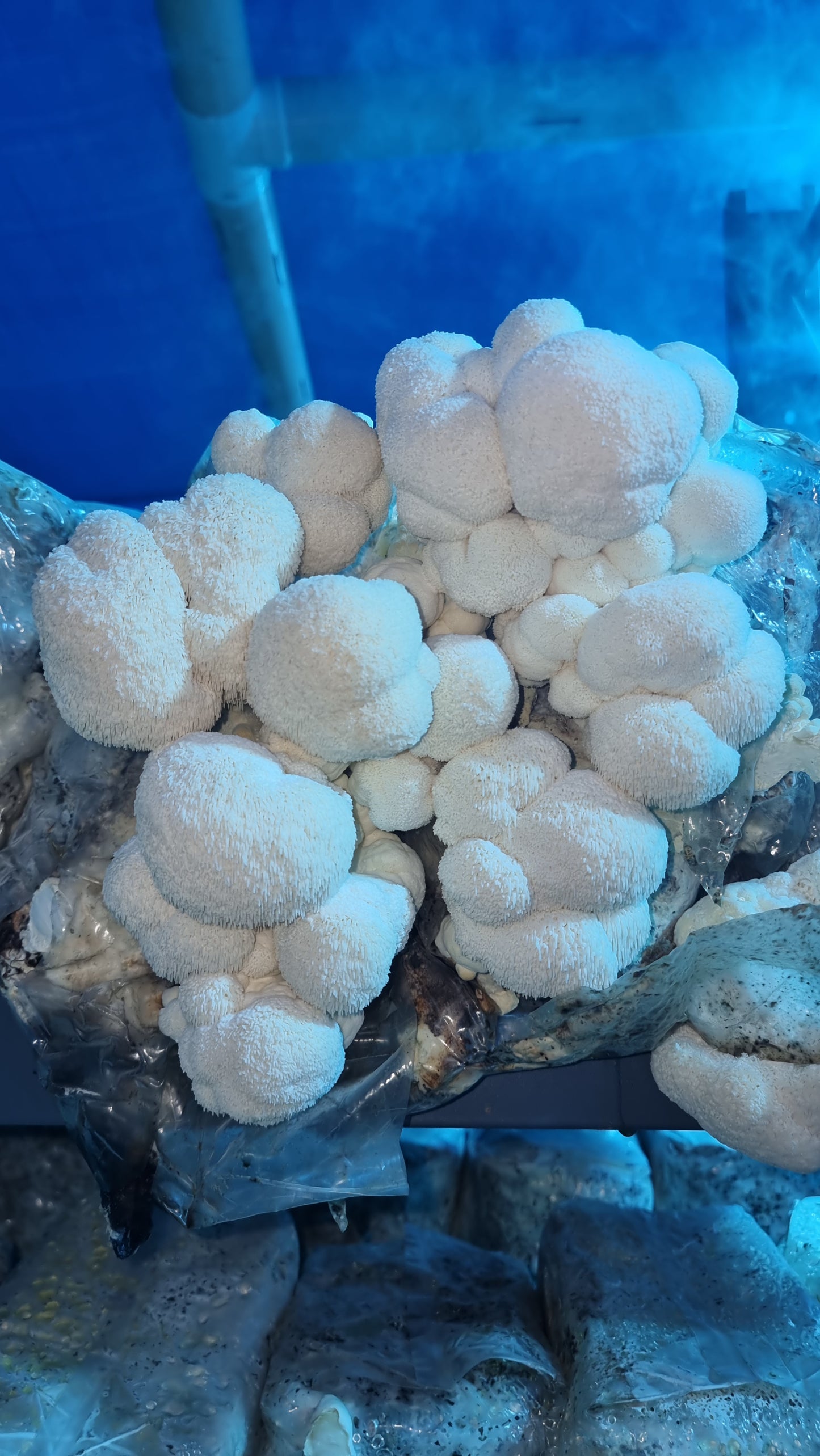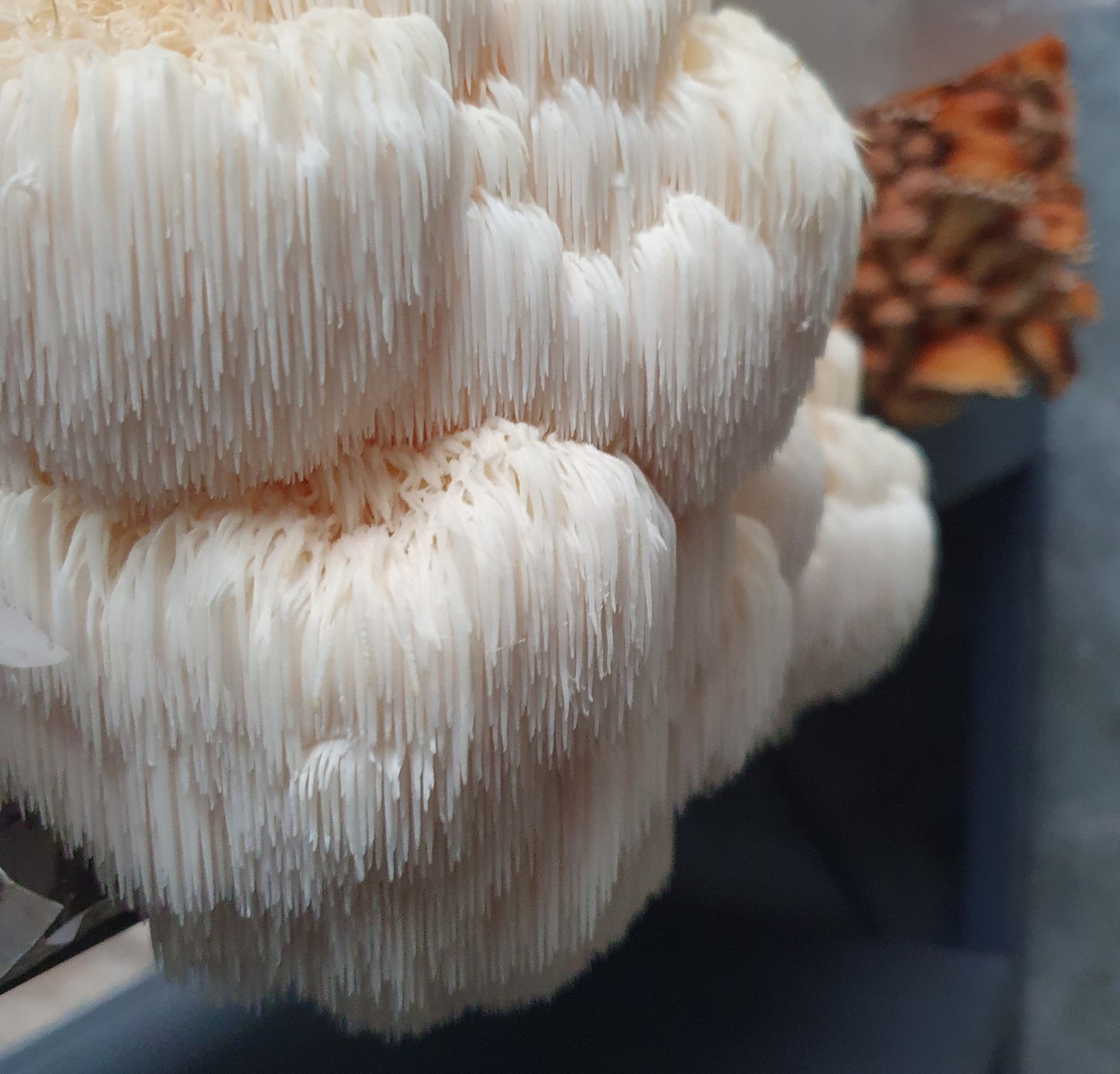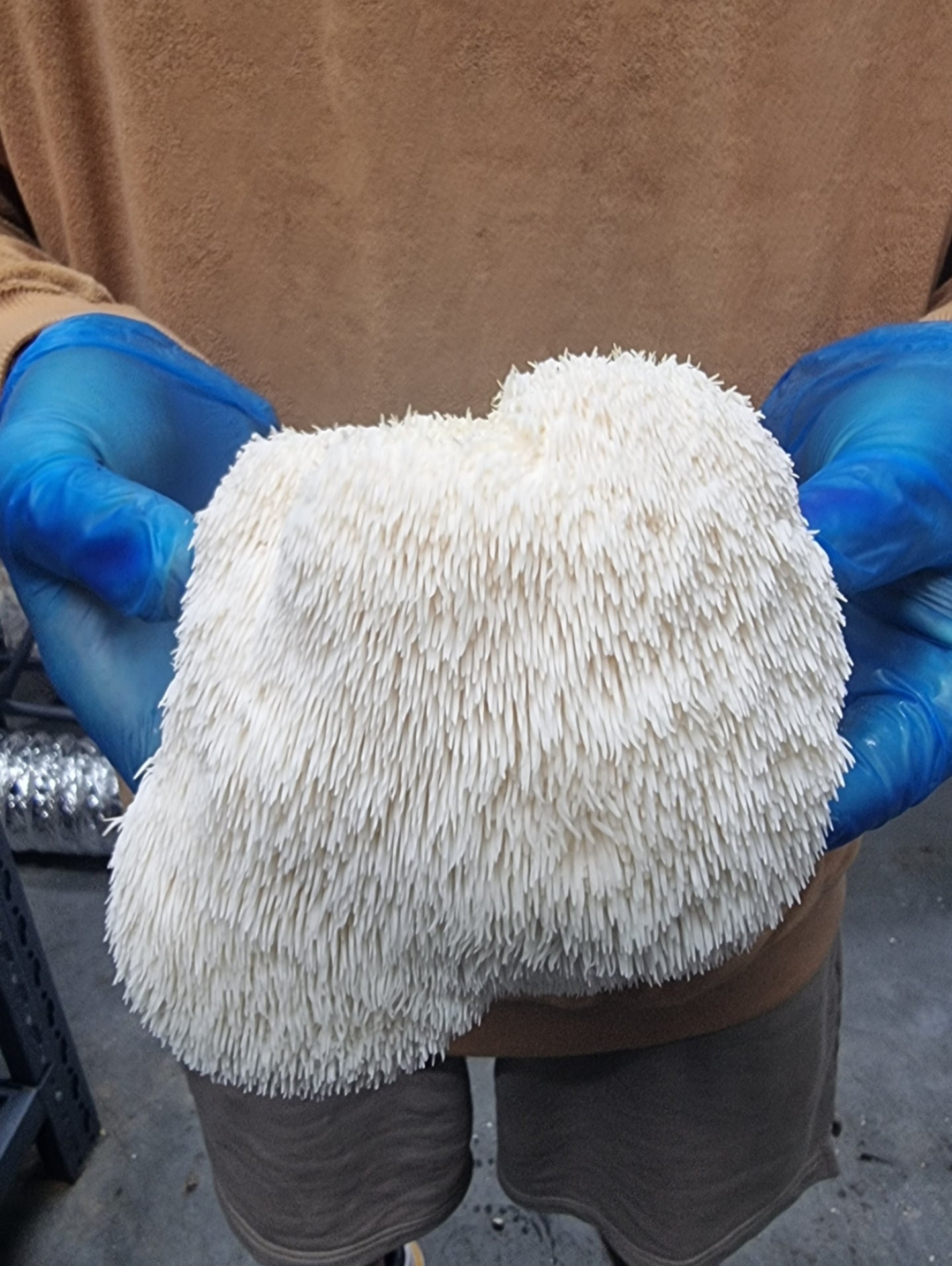Cultivating fungi through liquid culture has become a popular method for mycologists and enthusiasts alike.
However, ensuring the purity and health of your liquid culture can be a challenge.
This comprehensive guide aims to provide you with insights into spotting contamination in liquid culture, along with causes, prevention strategies, and remedies.
By understanding the visual cues and employing proper techniques, you can ensure the success of your mycelium cultivation endeavors.
Understanding the Importance of Spotting Contamination in Liquid Culture
Liquid culture serves as a vital foundation for mycelium growth, making it crucial to identify contamination early.
Contaminants such as bacteria and mold can hinder mycelium development, leading to failed projects and wasted efforts.
By mastering the art of recognizing contamination, you can take proactive steps to safeguard your liquid culture.
How To Spot Contamination in Liquid Culture
Identifying Visual Cues
1. Rapid and Odd Growth Patterns: Mold Contamination
Mold contamination is characterized by rapid and peculiar growth patterns that differ from healthy mycelium.
Instead of the expected structured growth, mold-infected cultures may exhibit erratic, non-circular formations.
A close examination is necessary to distinguish between the two, as mold can often masquerade as mycelium.
2. Cloudiness and Suspicion: Bacterial Contamination
Cloudiness in your liquid culture is a telltale sign of bacterial contamination.
While some bacterial presence is common and manageable, excessive bacterial growth can lead to an overpowering takeover.
A pressurized container and unpleasant odor are indicators of severe bacterial contamination. Swift action is required to salvage your liquid culture.
The Battle: Mycelium vs. Contaminants
3. Mycelium's Resilience Against Bacteria
Mycelium possesses a remarkable ability to combat bacterial intrusion.
When a small amount of bacteria enters the liquid culture, mycelium often responds by outgrowing and clearing the environment. This natural defense mechanism showcases mycelium's evolutionary adaptation to bacteria over millions of years.
4. Mold Takeover: Recognizing Fungal Contamination
Unlike bacteria, mycelium faces a tougher battle against mold.
Mold-infected liquid culture may exhibit sporadic growths that resemble mycelium, making visual identification challenging.
To differentiate between the two, closely observe growth patterns, color changes, and odor. Prompt intervention is necessary to prevent mold from overtaking the culture.
Key Indicators of Contamination
Mold Contamination Signs
Identifying mold contamination involves observing growth patterns within the first 12 hours. If the growth appears erratic, resembling small cotton balls with tangled tendrils, mold might be present.
Additionally, any development of black or green colors, along with a stale smell, indicates mold contamination.
Bacterial Overgrowth Indicators
Bacterial contamination is noticeable through cloudiness in the liquid culture. Initially, a minor bacterial presence may cause clouding, but this usually clears up as mycelium gains dominance.
However, excessive bacterial growth leads to persistent cloudiness, preventing mycelium from thriving.
Prevention Techniques
Maintaining Sterile Conditions
Sterile conditions are essential to prevent contamination.
Utilizing a clean workspace, wearing appropriate protective gear, and disinfecting equipment can significantly reduce the risk of unwanted microorganisms infiltrating your liquid culture.
Proper Inoculation Procedures
Inoculating your liquid culture with care is vital. Thoroughly shaking the spore syringe ensures even distribution of spores, promoting healthy mycelium growth.
Distributing the spore solution across multiple jars adds an extra layer of insurance against contamination.
Remedies and Salvaging
Steps to Salvage a Contaminated Culture
If contamination is detected early, salvaging the culture is possible. Isolating the affected portion, using sterilized tools, and transferring to a new container with fresh media can save the culture.
However, if the contamination has spread extensively, it's advisable to dispose of the culture to prevent further damage.
Disposing of Contaminated Cultures Safely
When all efforts to salvage a contaminated culture fail, it's essential to dispose of it safely. Properly seal the contaminated culture to prevent spores or microorganisms from spreading.
Dispose of it according to local regulations to minimize environmental impact.
FAQs - Contamination in Liquid Culture
1. What Are Common Sources of Contamination in Liquid Culture?
Contamination can originate from various sources, including unclean equipment, contaminated spore prints, or inadequate sterilization. Even a small oversight in maintaining a sterile environment can lead to contamination.
2. How Can I Minimize the Risk of Contamination during Inoculation?
Minimize contamination risk by working in a clean, controlled environment. Use a laminar flow hood or glove box, wear sterile gloves, and disinfect tools and surfaces thoroughly. Additionally, ensure proper spore syringe shaking and distribution.
3. Is Bacterial Contamination More Common than Fungal Contamination?
Bacterial contamination is often more prevalent due to the ubiquity of bacteria. However, mold contamination poses a greater threat to liquid culture, as mycelium struggles to compete with mold's aggressive growth.
4. Can Contaminated Liquid Culture Be Used for Anything Else?
Contaminated liquid culture is unsuitable for intended mycelium growth. However, it can be repurposed for experiments, research, or further analysis. Avoid using contaminated cultures for intended cultivation.
5. How Long Does It Take for Contamination to Become Apparent in Liquid Culture?
Contamination signs may appear within a few days to a week, depending on factors such as the type of contamination, inoculation conditions, and the specific mycelium species being cultivated.
6. What Should I Do if I Suspect Contamination in My Liquid Culture?
If contamination is suspected, closely monitor the liquid culture for growth patterns, cloudiness, and odor changes. If signs of contamination persist or worsen, consider taking immediate corrective action to salvage or dispose of the culture.
Conclusion
In conclusion, mastering the art of spotting contamination in liquid culture is essential for successful mycelium cultivation.
By understanding the visual cues, causes, prevention strategies, and remedies outlined in this guide, you can ensure the health and purity of your liquid cultures, paving the way for thriving mycelium growth and successful fungal projects.
